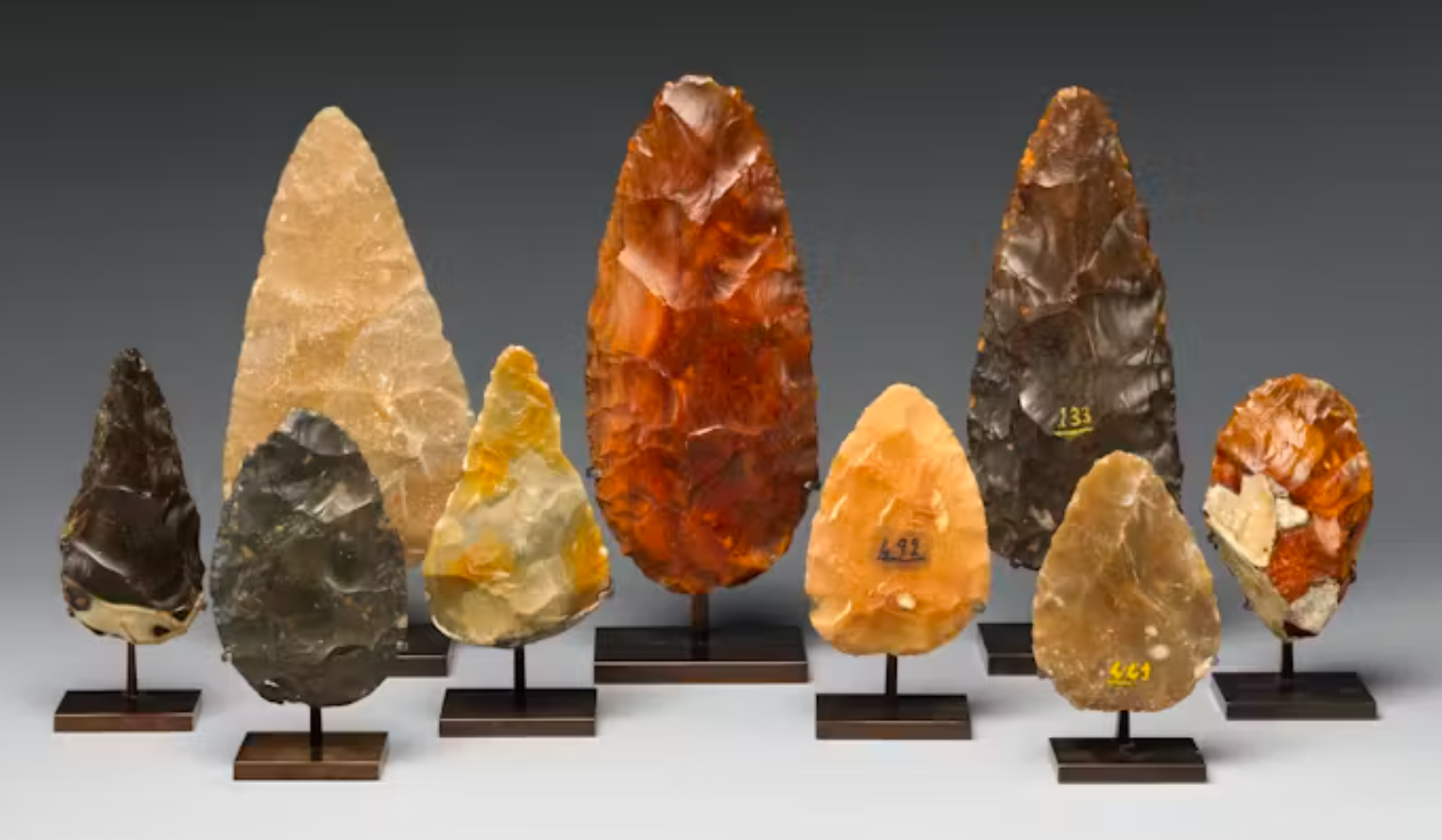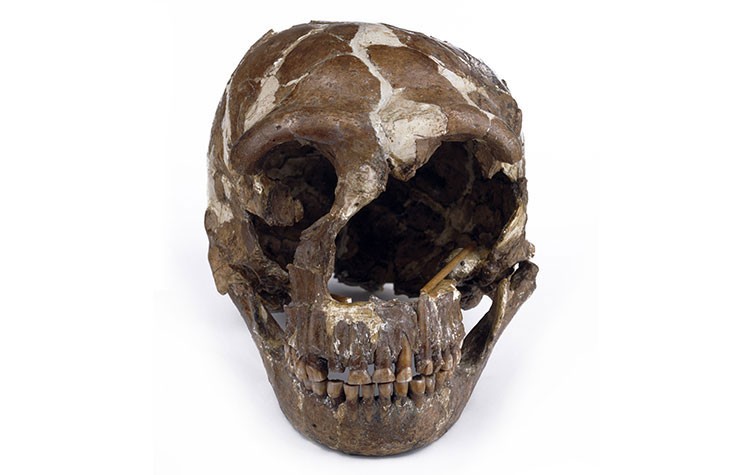Why did Neanderthals become extinct and Homo sapiens "won"? Different social structures may have been the key
Categories: Nálezy nejenom s detektorem v západní Evropě
Neanderthals had big brains, their own language and used sophisticated tools. They were smart, had aesthetic and artistic sensibilities, and were spiritually based - they buried their dead with reverence. In many ways they were equal to modern humans and in many ways even surpassed them. So why did the Neanderthals become extinct while our ancestors took over the world? New evidence suggests that the fundamental differences were not in individual skills, but in our societies.
250,000 years ago, Neanderthals dominated Europe and western Asia. Homo sapiens then still inhabited southern Africa, from which they expanded about 100,000 years ago. In another 60,000 years, Neanderthals disappeared completely. Anthropologists once saw Neanderthals as dull brutes. But recent archaeological findings show that it wasn't only in intelligence that they rivalled modern humans.
Neanderthals mastered fire before modern humans. They were brilliant and inventive hunters who could take down big game like mammoths and rhinos and small animals like rabbits and birds. They collected plants, seeds and molluscs. Hunting and foraging required a deep understanding of nature and the art of adaptation. They also had a sense of beauty; they made beads and cave paintings. Stone circles found in caves may have been Neanderthal shrines.
Then there's the fact that Homo sapiens and Neanderthals had children together. We weren't that different. But we've encountered Neanderthals several times over the millennia. Always with the same result - the Neanderthals disappeared. The key to understanding seems to be the small genetic diversity of Neanderthals. It seems that their groups were much smaller than was usual for modern humans.
In 2022, DNA was recovered from the bones and teeth of eleven Neanderthals from a cave in the Altai Mountains of Siberia. Several individuals were related, but all showed very low genetic diversity. Because we inherit two sets of chromosomes - one each from our mother and father - we also carry two copies of each gene. Often we have two different versions of a gene, for example you might get the gene for blue eyes from your mother or brown eyes from your father.
However, Altaic Neanderthals often had only one version of each gene. The low diversity suggests that they lived in small groups - probably averaging only 20 people. Neanderthals were robust and muscular and heavier than us. So each Neanderthal needed more food, which means that their group's subsistence level was much lower. In addition, they probably ate mostly meat, from which they got fewer calories than people who ate a varied diet of meat and more plants.
In small populations, genes are easily lost. If, for example, in a group of ten, one of the hunters carries the gene for curly hair, then the gene is lost with his death. But if 5 people in a group of 50 carry the gene, the chance of the gene dying out is much lower. So small groups quickly lose genetic variation over time.
Large companies have additional advantages. Bigger groups - more ideas, more brains to solve problems. Better memory for preserving traditions and acquired information or skills. More people means more connections. According to Metcalfe's Law, the number of connected people grows exponentially with the size of the network. A group of 20 members has 190 possible connections, while 60 people have 1,770 possible connections.
Through these connections, information flows: news about people and animal movements; tool-making technologies, but also words, songs and myths. In addition, the behaviour of the group is increasingly diverse and complex. Connected groups can do things that no single person can do alone. Humans are not unique in having large brains (whales and elephants have those too) or in having large social groups (zebras or wildebeest form huge herds). Our uniqueness lies in the combination of the two.
It is therefore possible that the ability to build large social structures gave Homo sapiens an edge over other hominin species. And maybe that's why their genome died out. Although not quite - we each have up to 4 per cent Neanderthal DNA.
Roman Nemec
Sources: phys.org, theconversation.com, pnas.org
 Neanderthal stone tools
Neanderthal stone tools
 Metcalfe's Law
Metcalfe's Law
 Neanderthal skeletal model - stocky body and shorter limbs versus Homo sapiens
Neanderthal skeletal model - stocky body and shorter limbs versus Homo sapiens
 map showing the range of Neanderthals
map showing the range of Neanderthals

A 130,000-year-old skull of a Neanderthal woman from Tabun Cave on Mount Carmel, Israel
The article is included in categories: